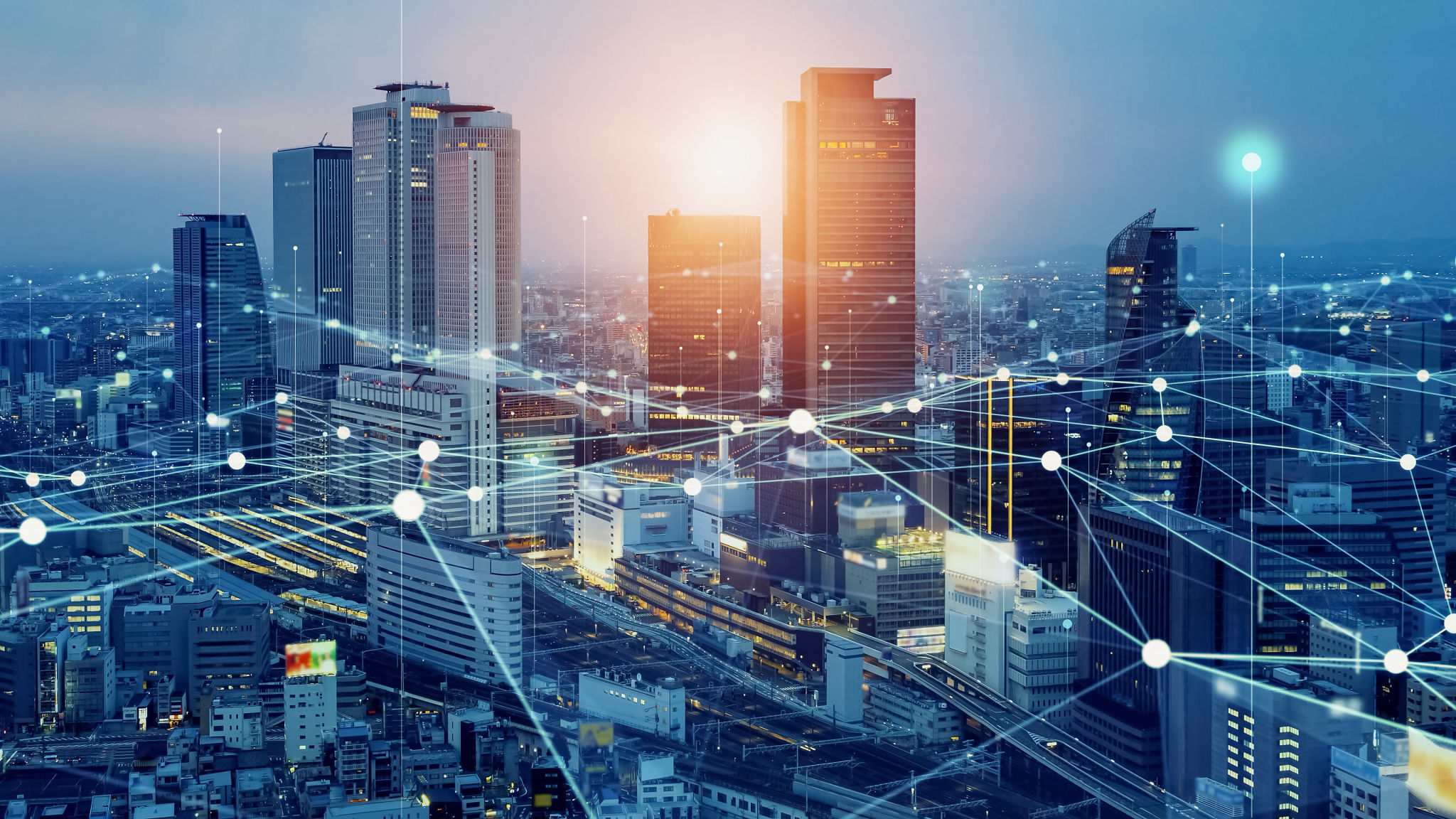The Future of Lift and Escalator Modernization: Trends to Watch
The Evolution of Lift and Escalator Technology
As urban landscapes continue to evolve, the demand for efficient and modern transportation within buildings rises. Lifts and escalators are integral to high-rise living and commercial spaces, playing a crucial role in accessibility and convenience. The future of lift and escalator modernization is poised for transformative changes, driven by technological advancements, sustainability concerns, and the need for enhanced user experience.
Modernization efforts are not just about replacing old systems. They involve integrating cutting-edge technologies to improve efficiency, safety, and sustainability. As cities grow vertically, the importance of these innovations will only increase.

Smart Technologies Revolutionizing the Industry
The integration of smart technologies is one of the most significant trends in lift and escalator modernization. IoT (Internet of Things) devices are increasingly being used to monitor equipment performance in real-time. This enables predictive maintenance, reducing downtime and extending the lifespan of equipment.
Moreover, artificial intelligence is being harnessed to optimize traffic flow within buildings. AI can analyze patterns and predict peak usage times, ensuring that lifts are deployed efficiently, thus minimizing wait times for users.

Sustainability and Energy Efficiency
With a growing emphasis on environmental responsibility, the lift and escalator industry is focusing on sustainability. Energy-efficient systems are becoming standard, utilizing regenerative drives that conserve energy by converting kinetic energy into reusable power.
Additionally, eco-friendly materials are being incorporated into designs. The use of LED lighting, recyclable materials, and energy-efficient motors contributes significantly to reducing the carbon footprint of these systems.
User Experience Enhancements
User experience is at the forefront of modernization efforts. Touchless technology, for example, has gained traction, offering users a hygienic alternative to traditional button-operated systems. Voice-activated controls and mobile app integration are also becoming popular, allowing users to summon lifts or escalators with ease.

Furthermore, aesthetics and design are being prioritized to ensure that lift and escalator systems enhance the architectural appeal of modern buildings. Customizable interiors and advanced display systems provide a more engaging experience for users.
Safety Innovations
Safety remains a top priority in the modernization of lifts and escalators. Advanced braking systems, improved emergency communication, and enhanced fire safety measures are being implemented to ensure user security.
Moreover, real-time monitoring systems allow for rapid response in case of malfunctions, significantly reducing risks associated with equipment failure.
The Role of Regulations and Standards
As technology advances, regulatory bodies are updating standards to ensure safety and efficiency. These regulations play a critical role in guiding modernization efforts, ensuring that new technologies meet stringent safety requirements while also catering to accessibility needs.
The future of lift and escalator modernization is bright, with numerous innovations on the horizon. As technology continues to advance, these systems will become even more integral to urban infrastructure, offering enhanced efficiency, safety, and user satisfaction.